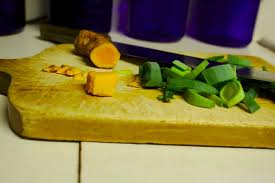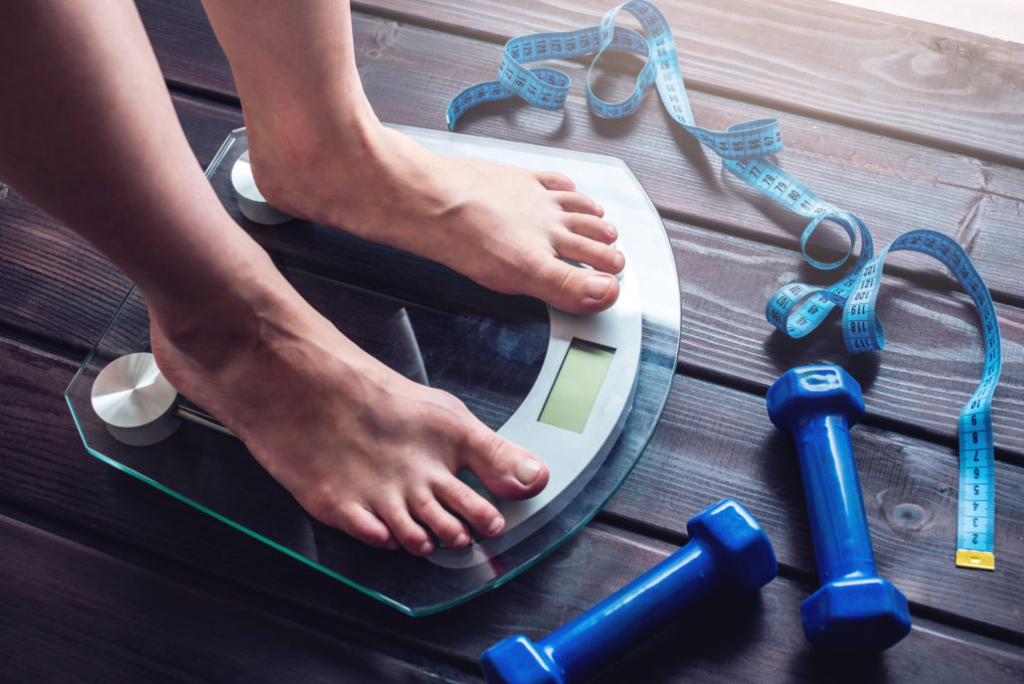5 Ways a Low Inflammation Diet Can Help Reduce Pain
We all know the saying, "you are what you eat," and for many of us the foods we eat are actually contributing to pain and inflammation. For many of us (almost a third of Americans, in fact), chronic pain is a companion that won't leave our side. No matter what we do. Daily activities such as chores around the house, picking up (grand)kids, or even dressing in the morning, are difficult.
But, there is relief in sight! Below we cover 5 easy ways that integrating low inflammation foods into your lifestyle can help reduce chronic pain.
1. Supplement Your Meals with Herbs and Spices that Blocks Enzymes Linked to Inflammation

Foods that are anti-inflammatory can fight against the enzymes that are linked to chronic inflammation. Research has shown, for example, that the tumeric-related spice, curcumin, can have the exact effect of over-the-counter NSAIDs. It does this by blocking the enzymes that cause inflammation. And these come without the nasty side-effects that damage your gut.
Herbs and spices are loaded with antioxidants and are highly concentrated sources of anti-inflammatory agents. We recommend adding turmeric to your ingredient list, or if you can't fit it into your recipes, take a supplement instead.
2. Load Up on Berries and Leafy Green Vegetables
Following a diet that's full of leafy and green vegetables and brightly colored fruits provide what are known as anti-inflammatory polyphenols. These are antioxidants that switch off pathways in the body that cause inflammation, while also protecting your body from oxidative stress.

Berries, for example, represent one of the best dietary sources for polyphenols. Other fruits that are rich in polyphenols are blackberries, strawberries, and blueberries. Grab a handful whenever you need a little snack and you'll do your body a world of good.
Coffee is also a good source of anti-inflammatory agents. We recommend opting for quality roasts. Brewing coffee without paper filters, which take out polyphenols such as cafestol, is also recommended. If you're not a fan of a daily brew, you may also want to try green tea, which also boosts your body's ability to prevent cancer and cardiovascular diseases. Green tea also has a range of other health-promoting benefits.
3. Avoid Harmful Processed Foods
With the uptake of healthy anti-inflammatory foods such as olive oil, tomatoes, loads of green leafy veggies, and fatty fish, over time you'll naturally avoid foods that cause inflammation and other unwanted side-effects:

- Refined carbohydrates (pastries, white pasta, rice, and bread). Stay away from the cake trays! Replace whites with browns, which are much healthier alternatives.
- Sugar. Refined sugar is not good for the body, period. It also happens to be the most inflammatory food out there. Avoid sugar completely and you'll go a long way in reducing unnecessary inflammation in the body.
- Fried foods (french fries, tater tots). It may be a painful journey, but it's worth avoiding the fast food restaurants of the world.
- Processed meats (hot dogs, sausages). You may think that a ballgame isn't the same without your usual hot dog, but if you want to lower inflammation in your body, then it's time to go for something a little healthier.
Most people are aware that these foods are bad for us in the overall. They lead to weight gain, are associated with type 2 diabetes, and heart conditions. Even if you don't have chronic pain, it's a good idea to eat as little of the above foods as possible. They also lead to unnecessary inflammation in the body. And as we've already discussed, chronic inflammation isn't just linked to pain, but to a wide range of unwanted conditions.

4. Trim Down and Slim Down
Obesity and chronic pain are often closely interlinked. Several studies have shown (study 1; study 2) that losing 5-10% of your body weight, depending on your BMI, can minimize the degeneration of knee cartilage and slow the progression of osteoarthritis. In other words, a low inflammation diet doesn't just help due to the positive effect of its ingredients, but also due to the healthier weight level it can help you achieve.
Those who adopt a low inflammation diet often benefit from increased weight loss, particularly if the individuals previously led a sedentary lifestyle alongside a high-fat, high-carbohydrate diet. A 2004 study on the effects of a mediterranean-style diet (which is akin to a low inflammation diet) demonstrated the close relationship between diet and weight loss. Patients lost weight on the whole (4kg) as a result of adopting the new diet.

5. Alter Your Lifestyle - One Step at a Time
Individuals who make a concerted effort to change their lifestyle - and no, we're not talking about fad diets or yo-yo patterns - tend to improve their overall quality of life as a result. This phenomenon occurs in many related behaviours or habits, and is colloquially known as the transfer or "domino effect". Secondary behavioral changes include:
- Stopping (or limiting) bad habits such as smoking and excessive alcohol consumption
- Increased exercise
- Focusing on wellness e.g. making an effort to improve sleep quality
Behavioral studies have been paying more attention to this phenomenon in recent years. For example, a 2012 study conducted by Northwestern University demonstrated that individuals who were asked to eat more fruits and vegetables also significantly reduced their fat intake on their own accord. The aforementioned study on the Mediterranean diet also supports this, with physical activity increasing amongst participants by an average of approximately 60%. In other words, making a single positive change will lead an individual to make other good decisions.
Jennifer Dukes Lee put this same idea in a more digestible format in a 2015 blog post titled Want to Change the World? Start by Making Your Bed. In her very relatable experience, the simple act of making her bed on a daily basis set off a chain of other positive behavioural changes. BJ Fogg, the Director of the Behaviour Design Lab at Stanford University, backs a similar approach. Baby steps can lead to significant change and an improved lifestyle.
You Can Do It!
Keep in mind, take it one day at a time and focus on small, incremental improvements. Your body, mind, and joints will thank you!